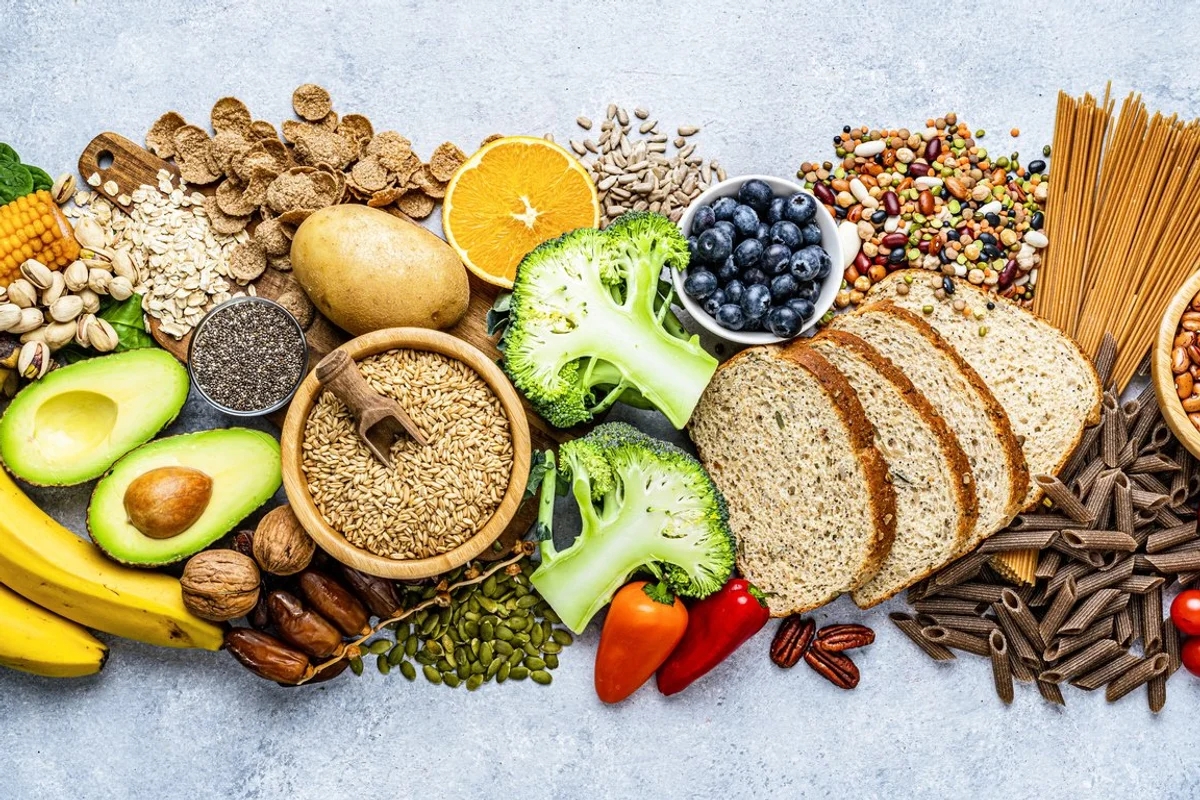Healthcare providers and influencers frequently offer advice about the best ways to extend one’s lifespan, but it can be hard to separate fact from fiction. Most of us agree that eating garden-to-table is good for health; but can any specific foods scientifically increase lifespan? Enter blue zone eating — a plant-based diet high in complex carbs said by some research groups to increase longevity by up to 100 years!
“Blue zones” might sound like something from “Avatar,” but in reality these communities exist on our planet with fewer health issues and longer lifespans compared to average Americans (78 years on average).
The Blue Zone Diet includes foods such as whole grains, fruits, legumes and vegetables as well as coffee, green and black teas and eggs.
What should be removed? Dairy products (goat and sheep milk as well as cheeses such as feta and pecorino cheese), meat (except in rare instances), sugar and processed foods have all been identified as off limits.
Here are five staples of the blue zone diet which research suggests can promote healthy aging:
1. Blueberries
With an abundance of antioxidants and fiber content, blueberries rank first among all other berries in terms of anti-ageing benefits and are believed to prevent chronic illnesses like heart disease, neurodegenerative disorders and cancer such as breast cancer. Plus they’re packed full of vitamin C!
Blueberries add vibrant hues to many meals and smoothies alike, but what other uses could they have aside from breakfast smoothies? Try adding them to salsa for an interesting zingy blueberry lime recipe, and even pizzas made of blueberry, goat cheese and caramelized onion pizza can make an exciting change to the usual topping options.
2. Chickpeas
Chickpeas are more than just the beans behind your favorite hummus recipe. Packed with protein and nutrients, chickpeas are heart-healthy heart beans with a slightly nutty kick. One cooked cup of these khaki-colored beans packs 14.5 grams of protein while providing 12.5 grams of fiber, both which help with weight management. They’re also an excellent source of Vitamin B9 or Folic acid – something better consumed through food sources rather than supplements.
Try sprinkling chickpeas into a salad or creating an easy salad roll-up using them, or making your own red pepper hummus or sampling one from Trader Joe’s (it even comes in chocolate flavor!).
3. Quinoa
Although some debate lingers regarding how to pronounce “quinoa”, there’s no disputing its health benefits. As a complete protein source, quinoa provides essential amino acids which our bodies cannot produce on its own. Cardiovascular disease is the No. 1 killer of women in America, so natural foods rich in magnesium which regulate blood sugar, blood pressure, and your heartbeats per minute should become part of daily eating plans. Quinoa supports strong bones and cell functions while protecting both brain and heart function – perfect!
Quina can easily replace rice in any recipe that calls for it. From stir fries and side dishes to sushi, tacos and burritos. Looking for something sweet? Give this quinoa-based peanut brittle recipe a try!
4. Avocado
Succeeds As A Laundry Aid This versatile fruit gives us another reason to appreciate breakfast: packed with protein and more than 20 vitamins and minerals; they even boast monounsaturated fat – essential to our bodies staying healthy!
Make your everyday pico de gallo even more delicious with avocado and corn, or upgrade the basics by including an egg on whole-grain toast topped with goat cheese, chives or pear and honey for a quick breakfast option. Want a creamy smoothie consistency? Throw some green stuff in your blender!
5. Honey
The Blue Zone Diet recommends no more than seven teaspoons of added sugar daily and makes honey your sweetener of choice. Added sugar has a detrimental impact on our immune systems and increases diabetes risks; its crashes also have devastating repercussions for mental health. Honey provides natural sweetener benefits while being an excellent remedy against allergies when bought locally; additionally it’s easy to control intake as a slow pour.
Honey can go far beyond sweetening your morning coffee or tea; it also makes an excellent alternative to white sugar in baking. Honey mint lemonade could be refreshing during these warmer months, while those who love both sweet and savory elements should consider trying chile-infused honey as well.
